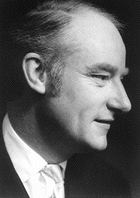 |
In 1953, with the help of X-ray diffraction photographs taken by Maurice Wilkins and Rosalind Franklin, he and J D Watson constructed a molecular model of the genetic material DNA. In 1958 he proposed that the DNA determines the sequence of amino acids in a polypeptide through a triplet code. He shared the 1962 Nobel Prize for Physiology or Medicine with Watson and Wilkins. |
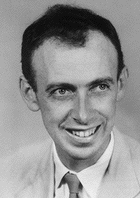 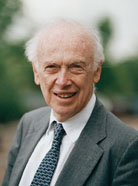
|
Watson went to Cambridge (1951--3), where he
and the English geneticist Francis Crick
delineated the molecular structure of DNA and explained the mechanism of its replication (1953); in 1962, Watson, with Crick and Wilkins, shared the Nobel Prize in physiology for this work. |
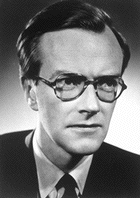 |
Maurice Wilkins was a man who worked at King's College in London. He contributed to the discovery of DNA structure by preparing very uniformly oriented DNA fibers, which were used by X-raycrystallographers such as Rosalind Franklin to examine the fibers. This made much more consistant samples for various X-ray crystallographers to look at. Which made discovering patterns much easier.His X-ray diffraction studies of DNA helped Crick and Watson determine its structure, and he shared with them the Nobel Prize for Physiology or Medicine in 1962. |
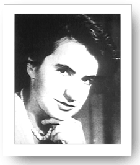 |
Rosalind Franklin applied her chemist's expertise to the unwieldy DNA molecule. After complicated analysis, she discovered (and was the first to state) that the sugar-phosphate backbone of DNA lies on the outside of the molecule. She also elucidated the basic helical structure of the molecule. |
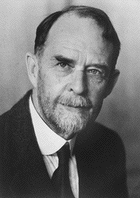 |
Using fruit flies Morgan showed how the genes
are linked in the chromosomes. (1933)
|
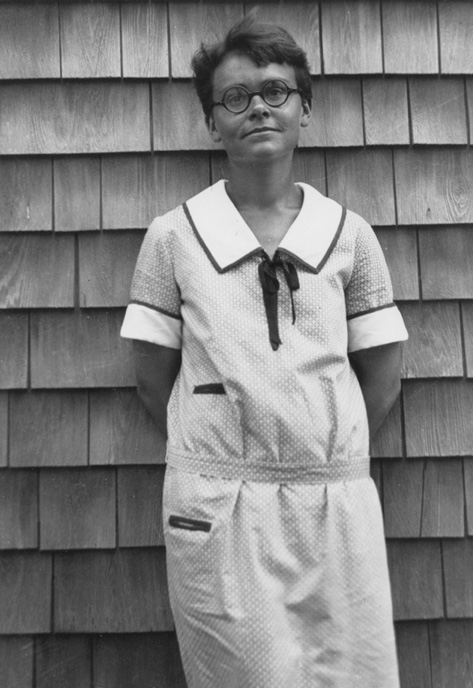 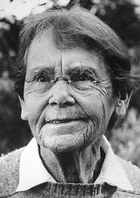
|
McClintock (1983) discovered how
genes sometimes change places on the chromosomes, the so called "jumping genes". |
 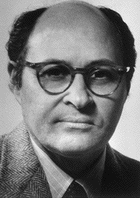 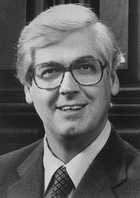
W. Arber D. Nathans H. Smith |
Arber,Nathans and Smith (1978) discovered the enzymes with which it is possible to cut a DNA molecule in predetermined places. If DNA molecules are cut from different animal species, the ends can be joined together to form hybrid DNA molecules. |
 |
Wilson is best known for leading the research
teams that developed gene-replacement therapies to treat cystic fibrosis and familial hypercholesterolemia. |
 The
Nobel Stamps of 1989
The
Nobel Stamps of 1989 
|
|
 |
|
|
 |
|
|
 |
|
|
 |

